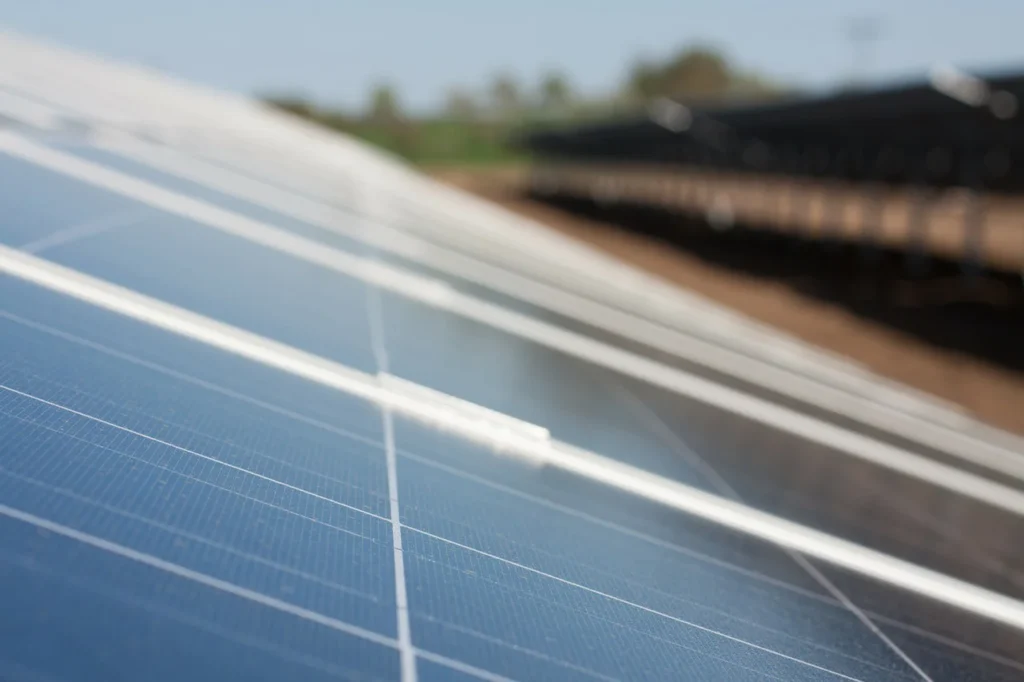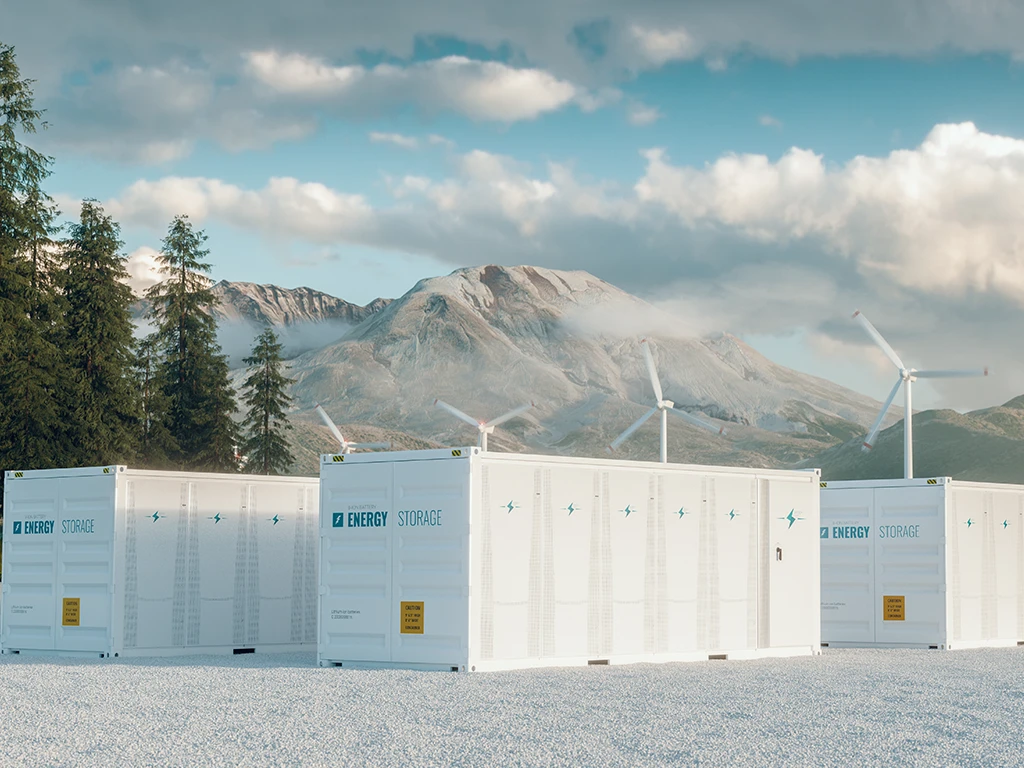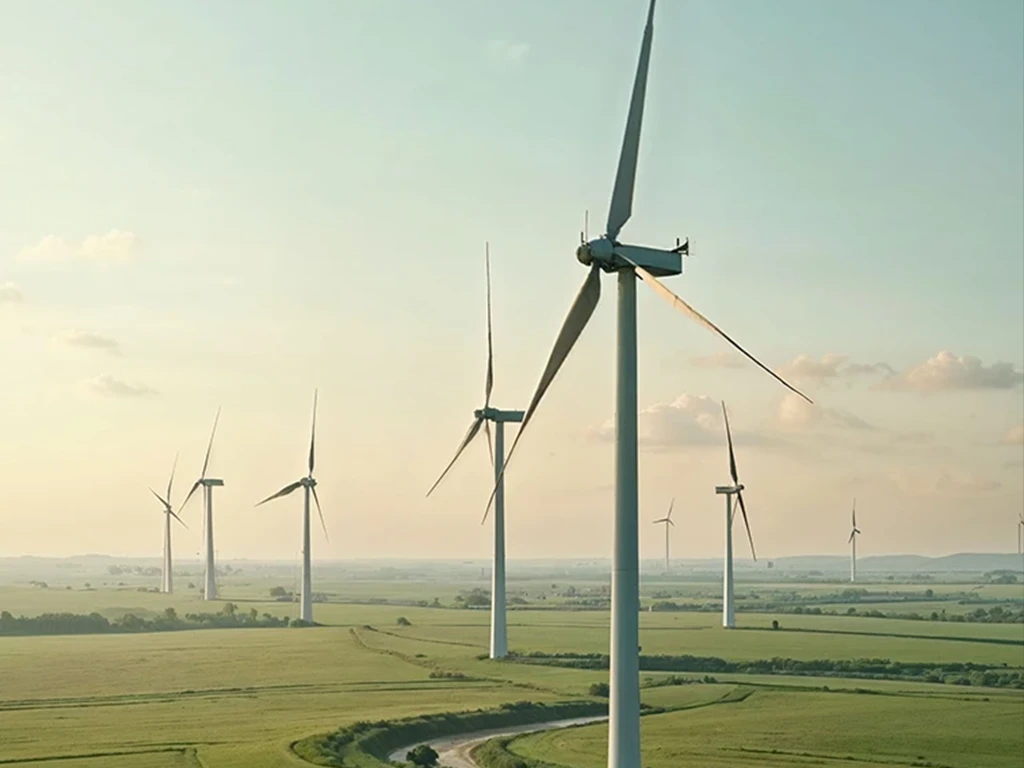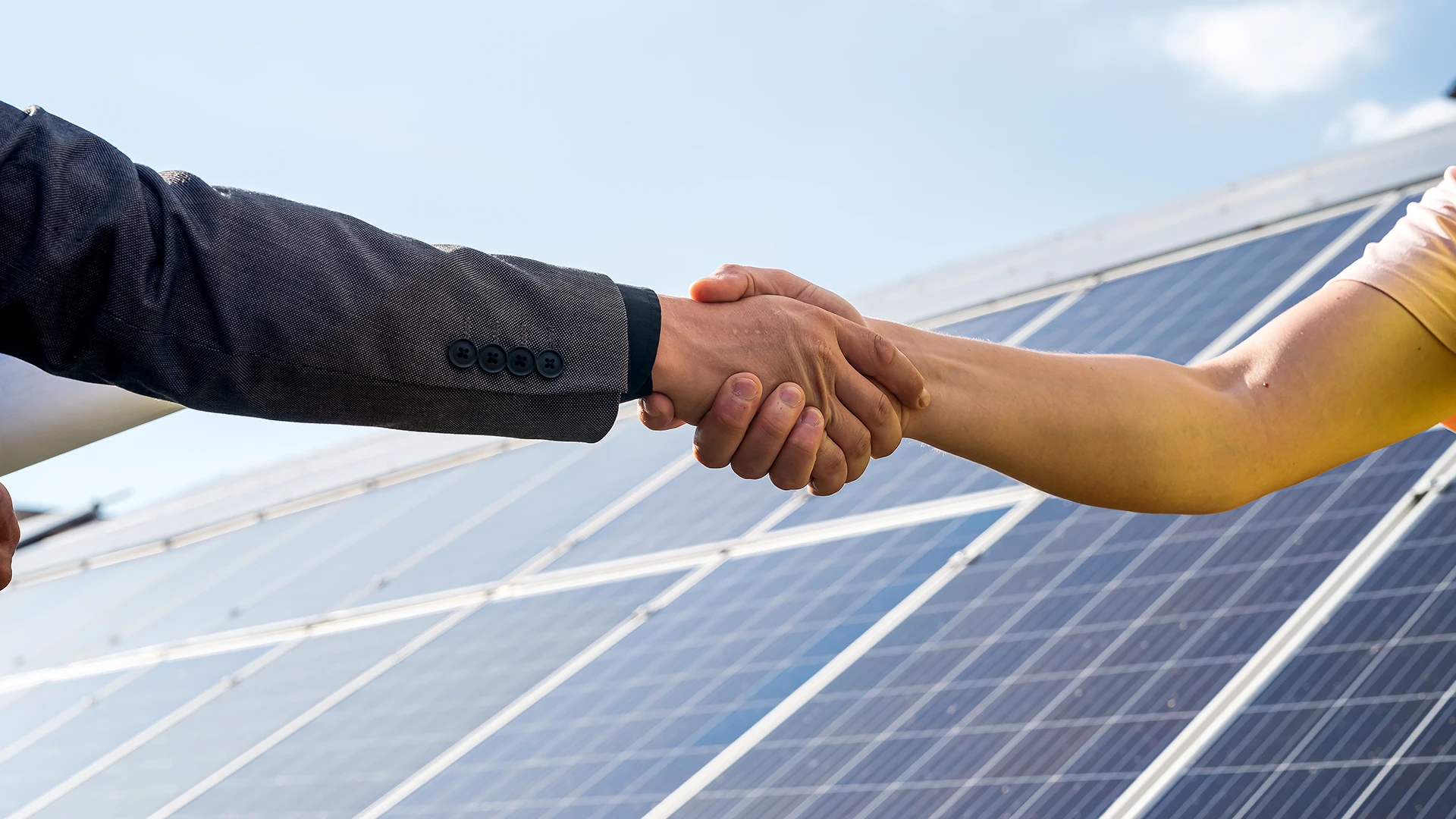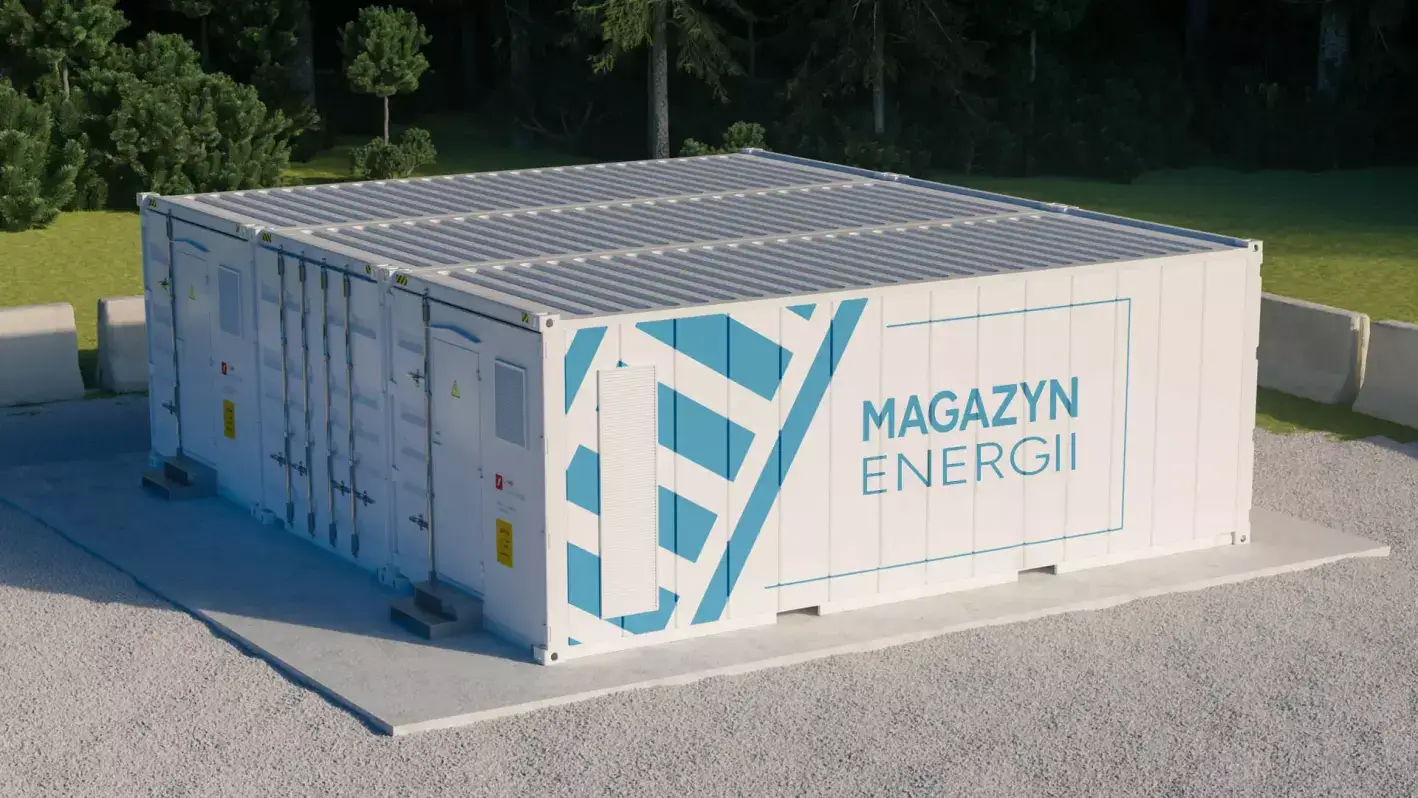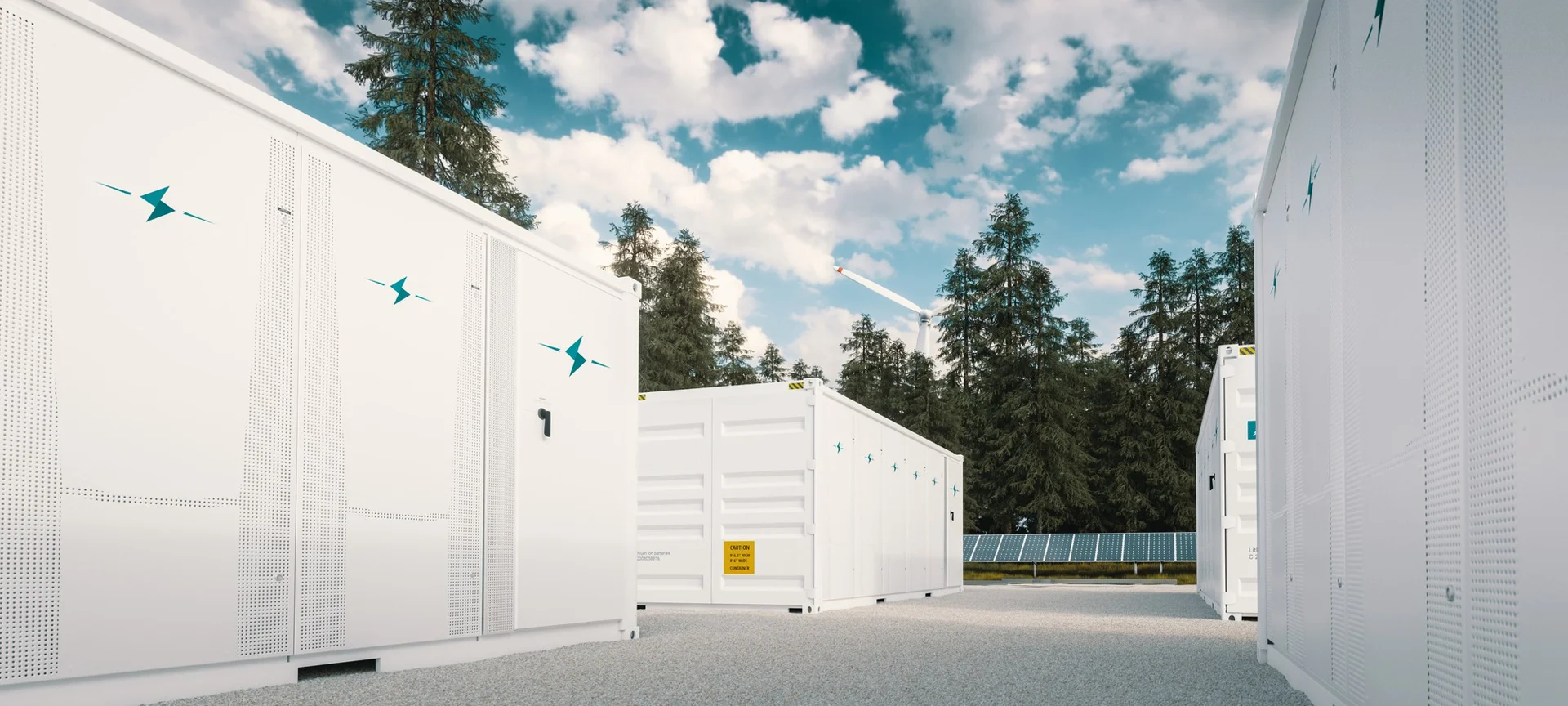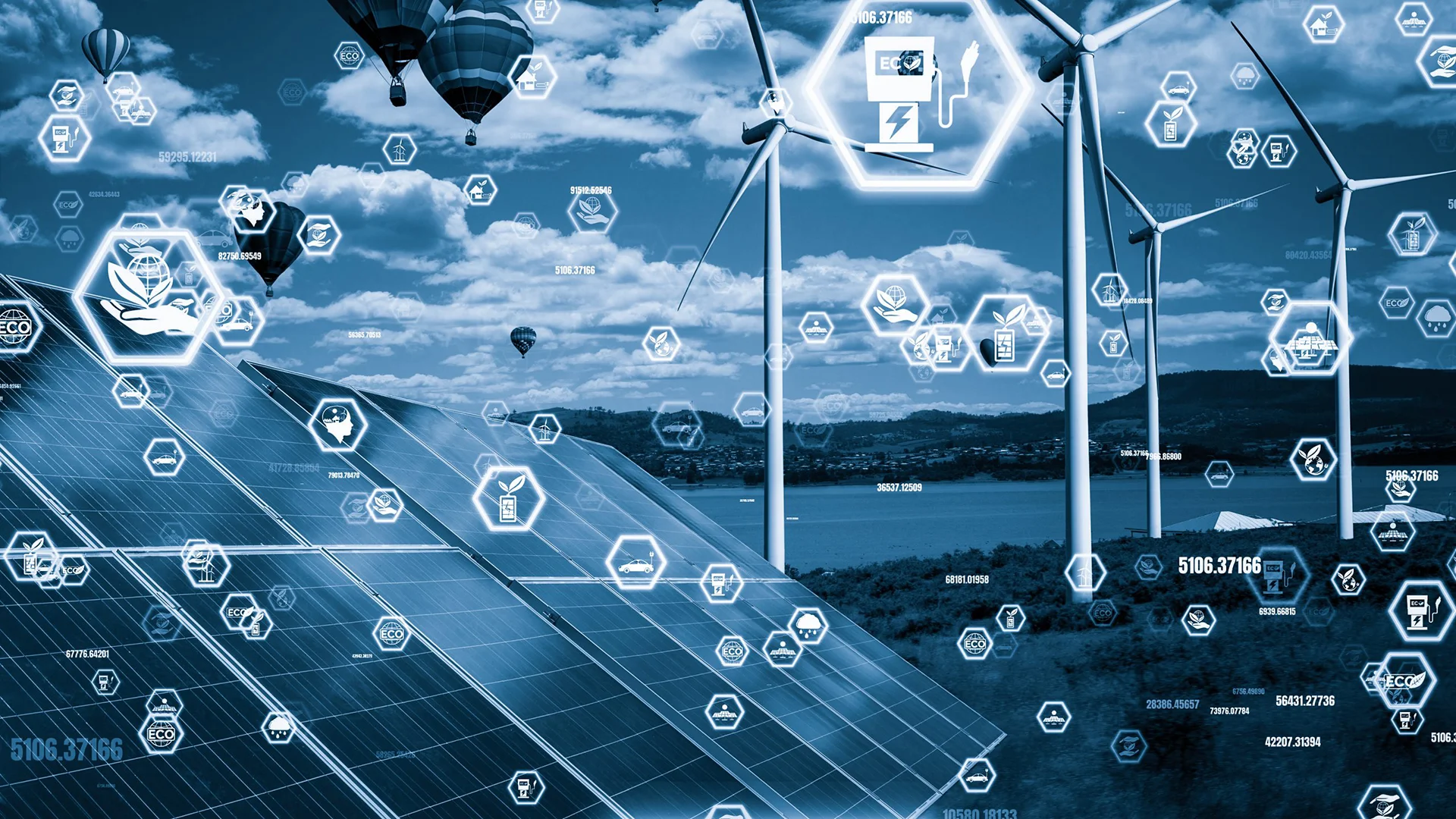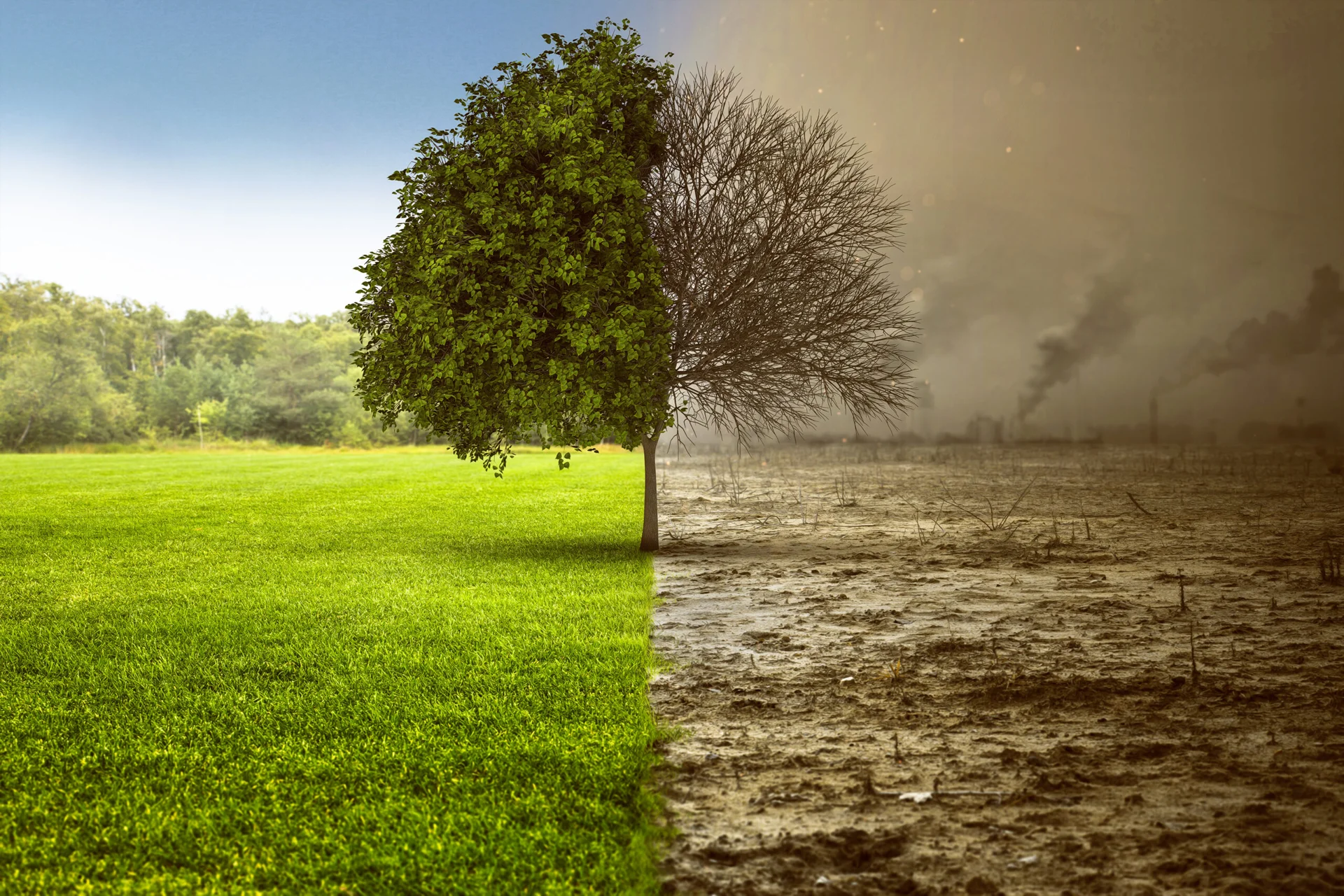The double-sided modules were primarily developed to survive the harshest weather conditions. In addition, with only a little more money, the power generators were able to achieve much higher energy efficiency. Another advantage of these photovoltaic panels is their longer service life. The linear power drop guarantee for bilateral is up to 30 years.
In traditional photovoltaic panels, the front layer is covered with glass while the back layer is protected by a special film, while bifacial panels are distinguished by the fact that the front and back layers of the photovoltaic module are used, i.e. the glass under which the silicon wafers are located is on the front and back of the module. Hence, bifacial modules are also known as glass-glass panels.
In its research, Solarworld presented that a 330 Wp bificjale can produce the same amount of energy as a traditional 410 Wp module, giving us a total increase of around 25 per cent in the energy generated.
Unfortunately, double-sided panels also have their ‘disadvantages’ if we can call it that, namely that they can only be mounted on the ground or on a flat roof. There are three ways to install double-sided panels:
On a single-axis tracking system – this is the most cost-effective, but also the most expensive way of mounting double-sided panels.
On a fixed structure with panels facing south (at an angle of 25 to 35 degrees) – this mounting method can generate us an additional 25% power yield.
Vertically east-west – this is the least effective installation method, plus the spacing we need to maintain between panels is at least 1.5 metres, which severely limits the number of modules we can install in a given area.
Of course, in addition to the method of installation, there are several other factors that have a direct impact on the performance of the modules:
- Shading and uneven illumination of the rear surface of the modules, e.g. by components of the mounting structure,
- Distance between modules,
- Angle of inclination of the panels
- Mounting height of panels
- Degree of contamination of the substrate
- Albedo – i.e. the ability of the surface of the substrate, to reflect crowded radiation.
The best reflective surfaces are white surfaces. Below are the percentage albedo coefficients for white surfaces.
- White painted concrete – 60-80%
- Snow – 45-60%
- White roofing material 50-60%
- White sand 60%
On the other hand, it is not only white surfaces that can assist us with higher energy yields in the case of double-sided panels, as we show below:
- Grey roofing membrane – 62%
- Sand 30-40%
- Concrete 20-40%
To sum up all the above information, the technology of double-sided photovoltaic modules allows us to increase the power of the photovoltaic installation while keeping the same surface area, which makes it very interesting. However, it should be remembered that the features of these panels require appropriate fixing which, unfortunately, excludes the use of these panels on pitched roofs. When considering installing such panels at your home, you will need to consult a specialist who can help us decide whether these panels will definitely be suitable for our installation and whether it will be profitable for us. Of course, you are welcome to contact us for such information, as we are a company with specialists with experience and knowledge of photovoltaics in the broadest sense.
